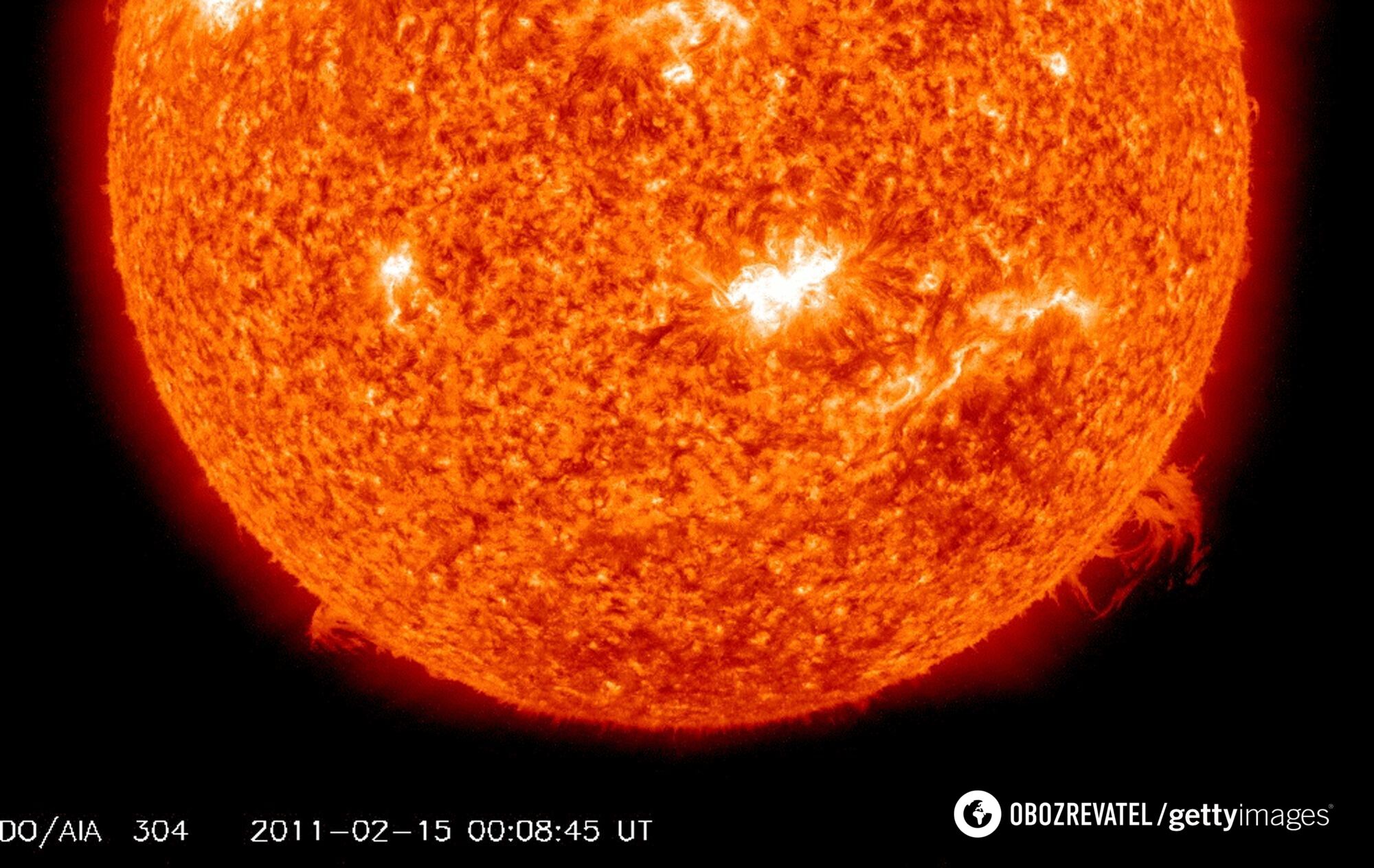News
Scientists have named the phenomena that constitute a "lethal combination" for the Earth. This explains the mysterious events of the past
The amazing aurora borealis in early May this year demonstrated that solar storms can emit radiation, but every once in a while the Sun does something even more destructive. Research shows that approximately every thousand years, the Earth is hit by an extreme solar event that can cause serious damage to the ozone layer and increase the level of ultraviolet (UV) radiation on the surface.
The Conversation writes about it. We are talking about extreme solar explosions and a weak magnetic field. According to scientists, this combination can be deadly for the Earth.
Known as "solar particle flares," these explosions of protons directly from the surface of the Sun can shoot into space like a searchlight. Hundreds of faint solar flares occur during each solar cycle (approximately 11 years), but scientists have found traces of much stronger flares throughout Earth's history. Some of the most extreme have been thousands of times larger than anything recorded by modern instruments.
Extreme solar particle events
These extreme solar particle events occur approximately every few millennia. The last one occurred around 993 AD.
In addition to their direct impact, solar flares can also trigger a chain of chemical reactions in the upper atmosphere that deplete the ozone layer. Ozone absorbs the sun's harmful ultraviolet radiation, which can damage eyesight and increase the risk of skin cancer, as well as affect the climate.
During the study, the scientists used large computer models of global atmospheric chemistry to examine the impact of an extreme solar particle event. They found that it could deplete ozone levels for a year or so, raising UV radiation levels at the surface and increasing DNA damage. But if the solar proton event occurred during a period when the Earth's magnetic field was very weak, the damage to the ozone layer would last six years, raising UV levels by 25% and increasing the rate of solar-induced DNA damage by up to 50%.
Particle explosions from the past
In fact, this combination of events may explain several mysterious phenomena in the Earth's past. The last period of a weak magnetic field, which included a temporary change in the north and south poles, began 42,000 years ago and lasted about 1,000 years. Around this time, several important evolutionary events occurred, such as the disappearance of the last Neanderthals in Europe and the extinction of the megafauna of marsupials, including giant wombats and kangaroos in Australia.
An even greater evolutionary event is also associated with the Earth's geomagnetic field. The emergence of multicellular animals at the end of the Ediacaran period (565 million years ago), recorded in fossils in the Flinders Ranges in South Australia, followed a 26-million-year period of weak or no magnetic field.
Similarly, the rapid evolution of diverse groups of animals during the Cambrian explosion (about 539 million years ago) has also been linked to geomagnetism and high levels of ultraviolet radiation.
Earth's critical magnetic shield
The Earth's magnetic field provides an important protective cocoon for life by deflecting electrically charged radiation from the Sun. In its normal state, it functions as a giant rod magnet with field lines rising from one pole, bending around it, and dipping back down at the other pole, in a pattern sometimes described as an "upside-down grapefruit." The vertical orientation at the poles allows ionizing cosmic radiation to penetrate all the way to the upper atmosphere, where it interacts with gas molecules to create the glow we know as the aurora.
However, the field changes greatly over time. In the last century, the north magnetic pole wandered across northern Canada at a rate of about 40 kilometers per year, and the field weakened by more than 6%. Geologic records show that there were periods of centuries or millennia when the geomagnetic field was very weak or even completely absent. We can see what can happen without the Earth's magnetic field by looking at Mars, which lost its global magnetic field in the distant past, and, as a result, most of its atmosphere.
In May, shortly after the aurora borealis, a powerful solar flare occurred on Mars. This disrupted the operation of the Mars Odyssey spacecraft and led to the fact that the level of radiation on the surface of Mars exceeded the level that could be obtained during a chest X-ray by about 30 times.
Only verified information is available on the OBOZ.UA Telegram channel and Viber. Do not fall for fakes!





























